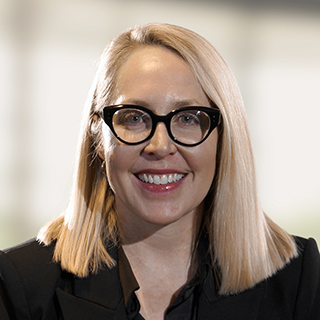Customers Driving Change and Impact
Customer Stories
Clinical Data
View More Clinical Data CustomersRead Customer Story
MSD’s Implementation Priorities: Transformation, Simplification, Value

Learn More
4 Ways Smart Automation Accelerates Clinical Data Management

Watch Video
Supporting Patient Choice with a Connected Platform

Learn More
Kronos Bio Simplifies and Streamlines Study Builds
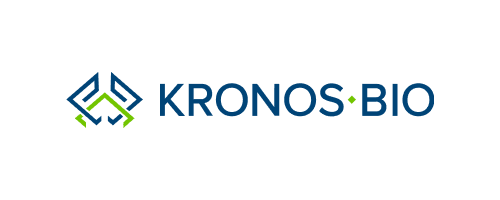
Clinical Operations
View More Clinical Operations CustomersWatch Video
Simple, Standard Collaboration with Veeva Site Connect

Read Customer Story
CG Oncology Modernizes Trial Management Approach

Read Customer Story
Site Training Soars at Bayer with Vault Study Training

Watch Video
Rocket: Reducing Document Processing Time 70% with Vault eTMF
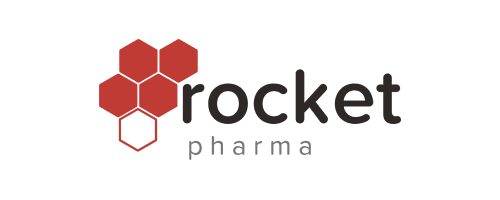
Commercial
View More Commercial CustomersRead Press Release
Astellas Chooses Veeva Vault CRM as Global Standard
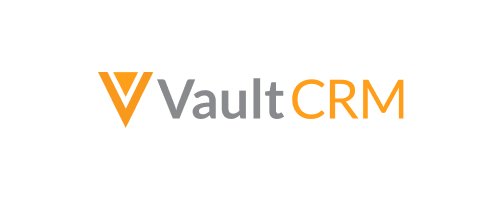
Watch Video
Daiichi Sankyo Europe GmbH: Powering AI and Analytics with Deep KOL Data
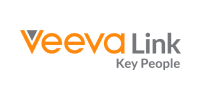
Watch Video
Bayer AG: Driving Insights and Efficiencies with a Global Data Model

Watch Video
GSK: Leveraging GenAI in Commercial Content to Improve MLR Review

Development Cloud
View More Development Cloud CustomersWatch Video
Standardizing Common Data and Processes Across R&D

Watch Video
Deploying an R&D System Foundation in 4.5 Months

Watch Video
Time Savings and Data Consistency with Regulatory and Quality Connection
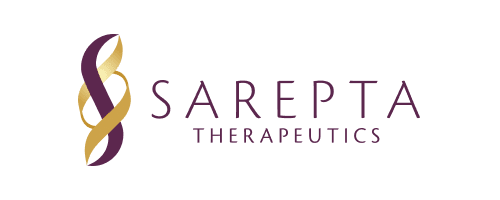
Watch Video
Breaking Down Silos with Cross-Functional Clinical Trial Processes

Medical
View More Medical CustomersWatch Video
Bayer AG: An Enterprise Approach to KOL Insights

Read Whitepaper
Measuring the Impact of Medical Affairs: Assessing and Measuring Valuable Relationships

Read Blog
Integrating Medical Content and Medical Information: Insights from Industry

Read Blog
Foundations for the Future: Insights from Medical Information Leaders

Quality
View More Quality CustomersWatch Video
Sanofi Streamlines Quality to Speed Manufacturing

Read Customer Story
Verve Puts Digital-First Quality at the Heart of Its QC Lab
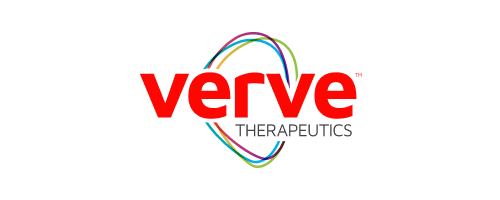
Watch Video
Standardizing Processes and Improving Partner Collaboration with Veeva Quality
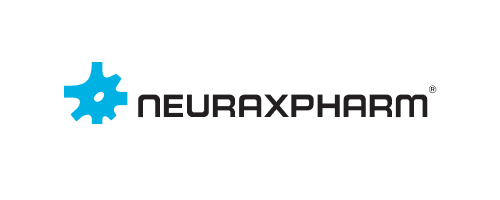
Watch Video
Delivering Greater Customer Value Across Sites with Unified Quality Operations
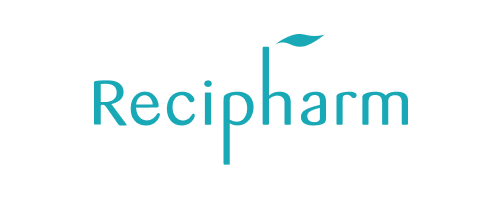
Regulatory
View More Regulatory CustomersRead Customer Story
Eli Lilly Accelerates RIM Deployment with Agile Approach

Watch Video
Eliminating Rework and Increasing Visibility in Regulatory Operations

Watch Video
Transforming Regulatory Operations with Continuous Publishing

Watch Video
Mersana: Efficient Operations with a Single Source of Regulatory Information

Safety
View More Safety CustomersWatch Video
Cancer Research UK Drives Efficiencies with Vault Safety

Watch Video
Simplifying the Technology Landscape for Efficient Global Case Processing

Watch Video
Streamlining Processes with Unified and Connected Safety

Read Blog
How UCB and Other Biopharmas Made the Case for Safety Transformation

Read Customer Story
UCB: Transforming KOL Engagement Planning for Greater Medical Impact

Read Press Release
Grünenthal Advances Global Regulatory Information Management and Operations
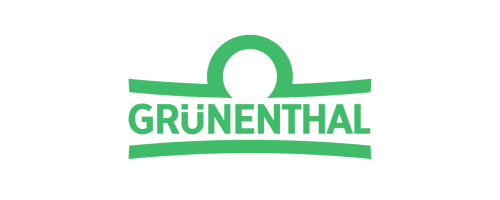
Watch Video
Sanofi and Veeva Business Consulting: Designing an HCP Cockpit for Successful Engagements
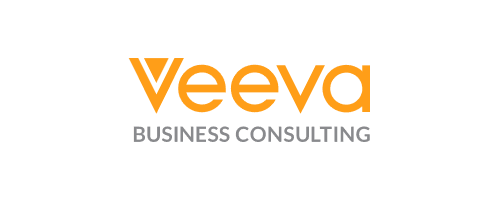
Read Blog
Quality Zone Highlights: AI Comes to Veeva Quality Cloud, Enhanced Industry Collaboration, Plus Other Advances

Read Customer Story
From Push to Pull: Astellas Boosts Engagement With 47% HCP-Led Chats

Watch Podcast
Genentech: Turning Content into Memorable Customer Experiences
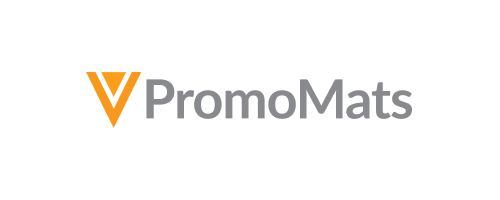
Read Press Release
Astellas Chooses Veeva Vault CRM as Global Standard

Read Whitepaper
Building the Future of MLR with AI: Fastest Path to Approved Content

Watch Video
Idorsia: Scaling Field Planning for Successful Product Launches

Watch Video
A Tier-Based Approach to Significantly Accelerate the Content Approval Process

Watch Video
Delivering Greater Customer Value Across Sites with Unified Quality Operations

Read Blog
Connecting Quality and Regulatory for Data-Driven Change Control

Read Blog
Using Veeva Link Data to Fuel AI and Advanced Analytics

Read Customer Story
Fast and Successful EDC Study Builds with Veeva Clinical Data

Watch Video
AI Innovation in Life Sciences: Teva’s Use Cases
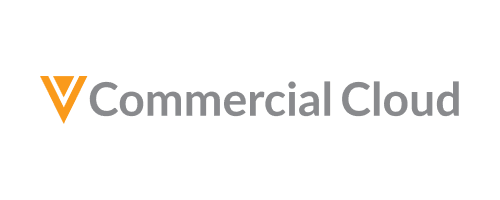
Watch Video
Simplifying the Technology Landscape for Efficient Global Case Processing

Read Customer Story
ACELYRIN Optimizes the Sponsor-CRO Data Flow with a Centralized Clinical Data Workbench

Read Customer Story
Improve Safety Outputs, Oversight, and Data Quality with In-house Pharmacovigilance Solution

Read Blog
How UCB and Other Biopharmas Made the Case for Safety Transformation

Read Customer Story
Verve Puts Digital-First Quality at the Heart of Its QC Lab


